Entry Category: Mining
Lead and Zinc Mining
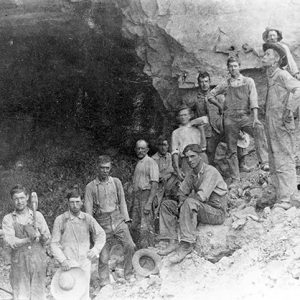 Lime Quarry
Lime Quarry
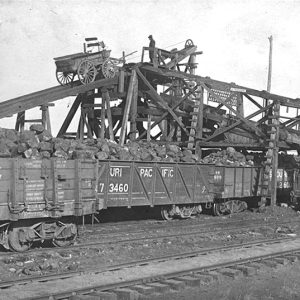 Loading Coal
Loading Coal
Lost Louisiana Mine
 Lonquil Stock Certificate
Lonquil Stock Certificate
 Lost Louisiana Mine
Lost Louisiana Mine
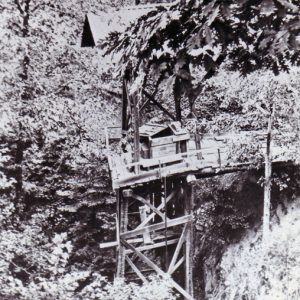 Lost Louisiana Mine
Lost Louisiana Mine
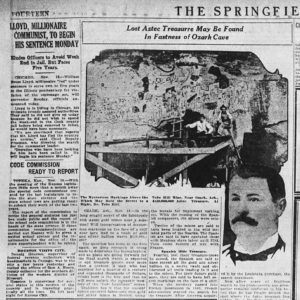 Lost Louisiana Mine Article
Lost Louisiana Mine Article
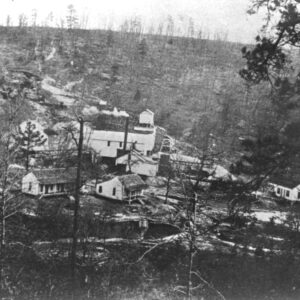 Magnolia Mines
Magnolia Mines
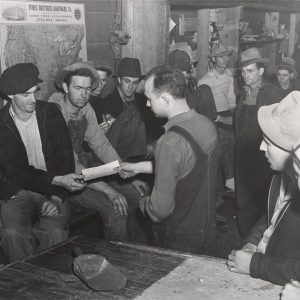 Manganese Miners
Manganese Miners
Manganese Mining
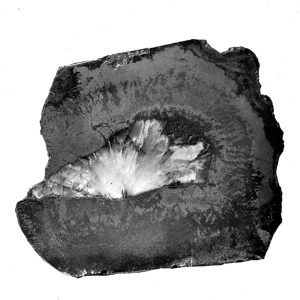 Manganese Ore
Manganese Ore
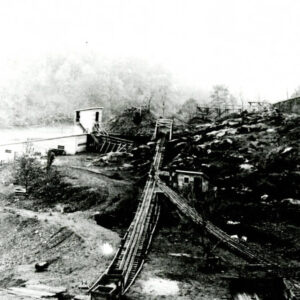 Manganese Ore Washer
Manganese Ore Washer
 Map of Peridotite for Diamond Mining
Map of Peridotite for Diamond Mining
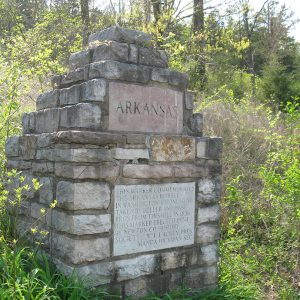 Marble Quarry Monument
Marble Quarry Monument
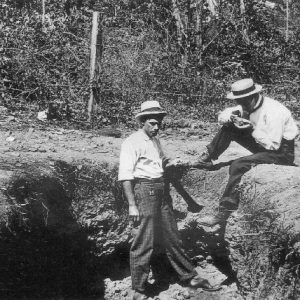 Mauney Mine
Mauney Mine
Mercury Mining
aka: Cinnabar Mining
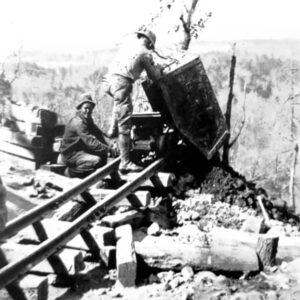 Mercury Mining
Mercury Mining
 Mercury Sulfide (or Cinnabar) Crystals
Mercury Sulfide (or Cinnabar) Crystals
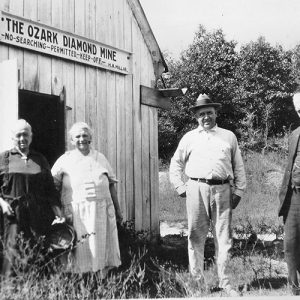 Millars at the Ozark Diamond Mine
Millars at the Ozark Diamond Mine
 Miner Memorial
Miner Memorial
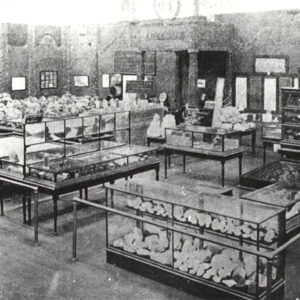 Mines and Metallurgy Exhibit
Mines and Metallurgy Exhibit
Mining
Mona Lisa Mine (Polk County)
aka: Porter Ridge Mine
aka: McBride Mine
aka: Blue Bird Mine
aka: Newton Mine
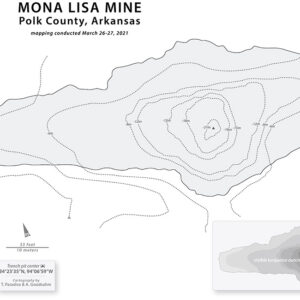 Mona Lisa Mine Isohypsometry
Mona Lisa Mine Isohypsometry
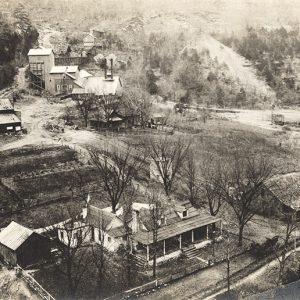 Morning Star Zinc Mine
Morning Star Zinc Mine
 North Wilson Vanadium Mine
North Wilson Vanadium Mine
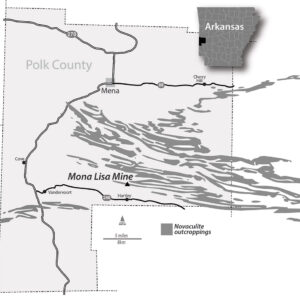 Novaculite Outcroppings
Novaculite Outcroppings
Oil Industry
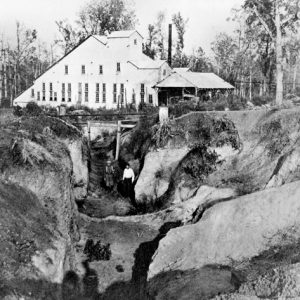 Ozark Mine Plant
Ozark Mine Plant
Quartz Mining
 Rogers White Lime Works
Rogers White Lime Works
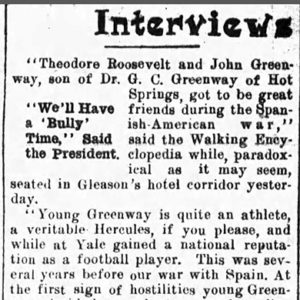 Roosevelt Interview Article
Roosevelt Interview Article
Saltpeter Mining
Sand and Gravel Mining
aka: Gravel and Sand Mining
Silver Mining
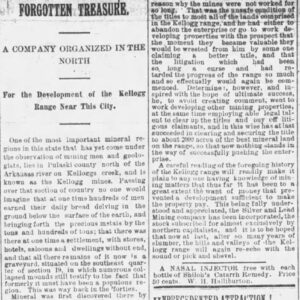 Silver Mining at Kelloggs Creek Article
Silver Mining at Kelloggs Creek Article
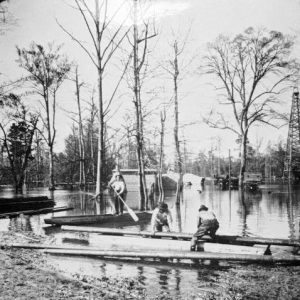 Smackover Oil Field
Smackover Oil Field
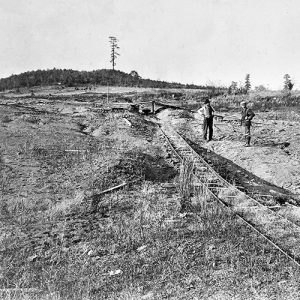 Southeastern Slope
Southeastern Slope
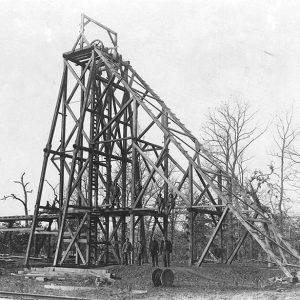 Spadra Mine
Spadra Mine
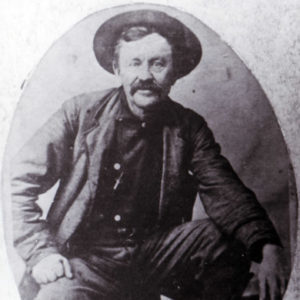 Bill Thompson
Bill Thompson
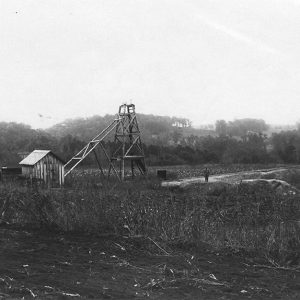 Titanium Mine
Titanium Mine
Tripoli Mining
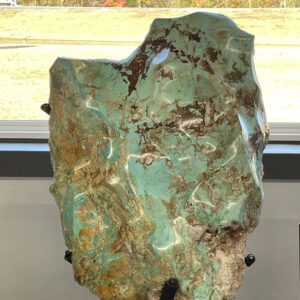 Turquoise Nugget
Turquoise Nugget
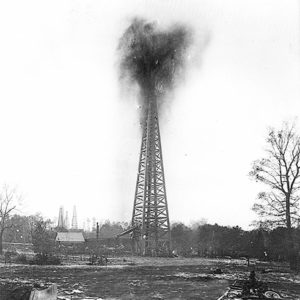 Union County Gusher
Union County Gusher
United Mine Workers of America (UMWA)
 UMWA Document
UMWA Document




